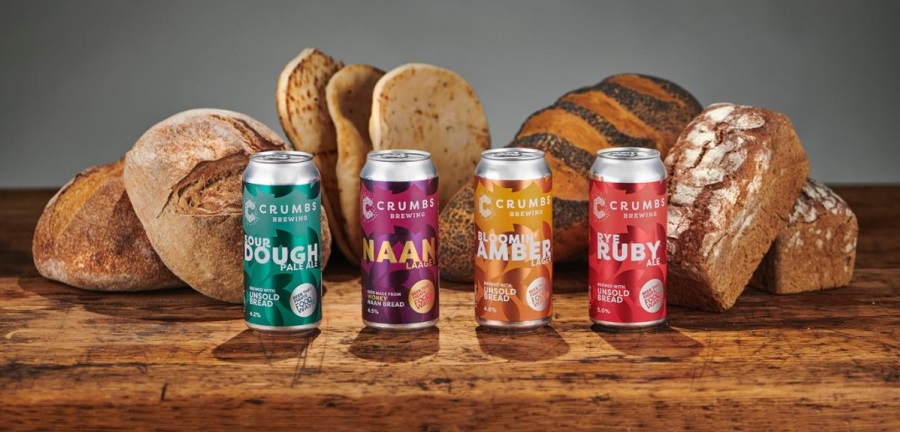Improvements to regional transport can benefit tourism, employment and local economies, according to UKHospitality.

“This is significant investment in regional transport and will provide a boost to local economies, creating hospitality and tourism jobs,” said chief executive Kate Nicholls, pictured above.
“Reliable, efficient, and accessible transport links are critical for opening up tourism and providing more opportunities for visitors to experience the UK, all of which also boosts local employment. There’s also the added advantage of hospitality workers having easier journeys to and from work, which can be a barrier when transport links are not suitable.”
She added: “It’s fair to say that our transport infrastructure in many parts of the country has been lacking, and this goes a long way to address that.
“I’m pleased to see the government recognise the need for a new economic model that aims to benefit all parts of the country. This is exactly the approach we have been calling for, and one that hospitality can support to deliver. We hope this is the start of broader support for the hospitality sector, including no new cost increases.”
• Beer is outperforming other drinks categories in terms of sales, says Heineken in a new report. Lager continues to be the UK’s most popular pint, but there has been a revival of interest in stout and classic bitter ales, says the brewer.
“The report re-emphasises the importance of the category to the on-trade, with so many consumers viewing beer as critical part of the pub going experience,” said Will Rice, on-trade director at Heineken UK.
• Brew Propco, backed by a loan from Hodge Real Estate Finance, has acquired 83 long-leasehold pubs across South and West Wales.
The pubs are leased to Marston’s and were formerly part of brewer Brains’ estate.
• Revenue at Young’s was up 24.9% to £485.8m in the year to 31st March, the pubco has reported. Adjusted operating profit increased by £14.1m to £71.4m.
The company says it has made a fast start to the new financial year, with revenue for the first nine weeks up by 8% year on year.





